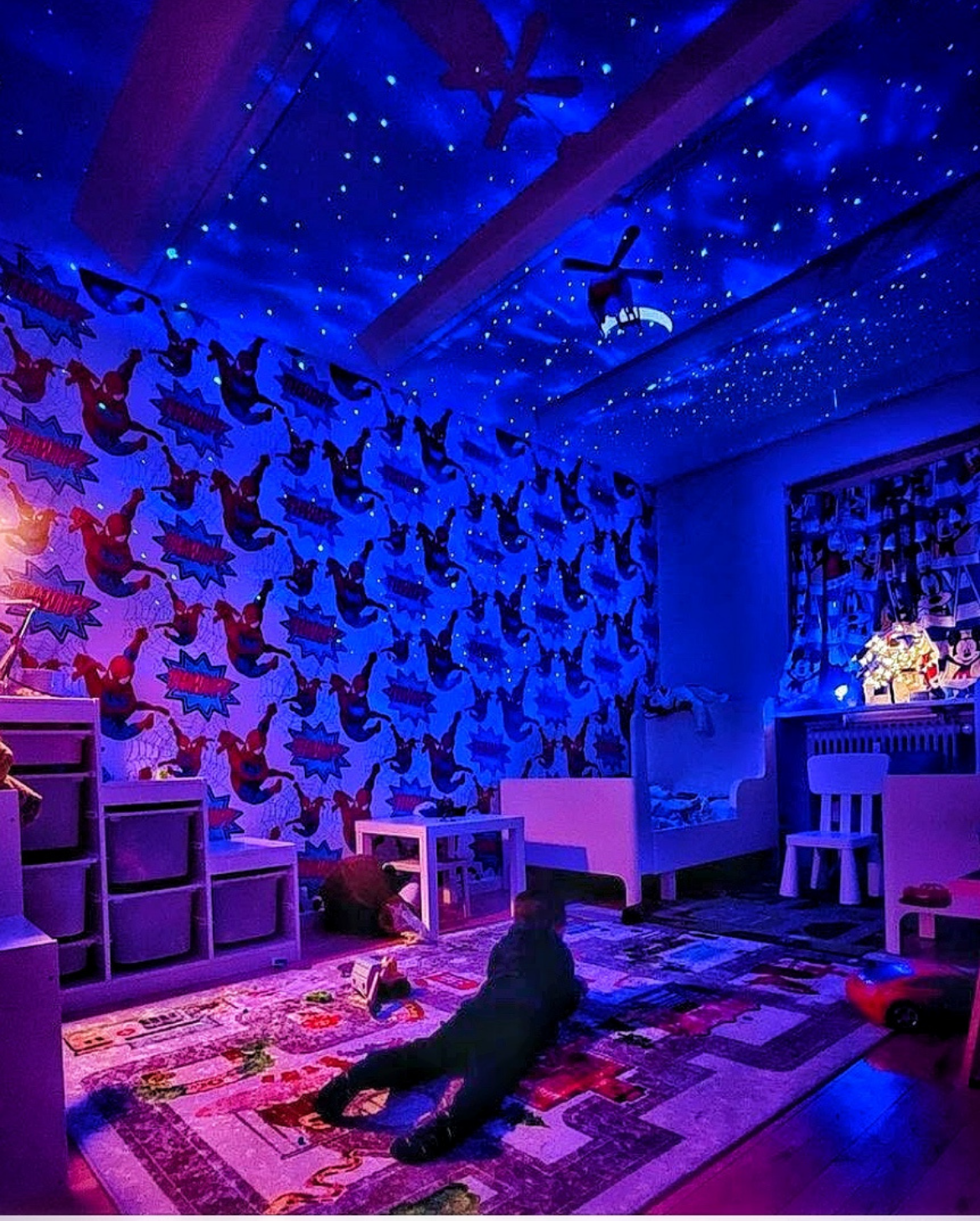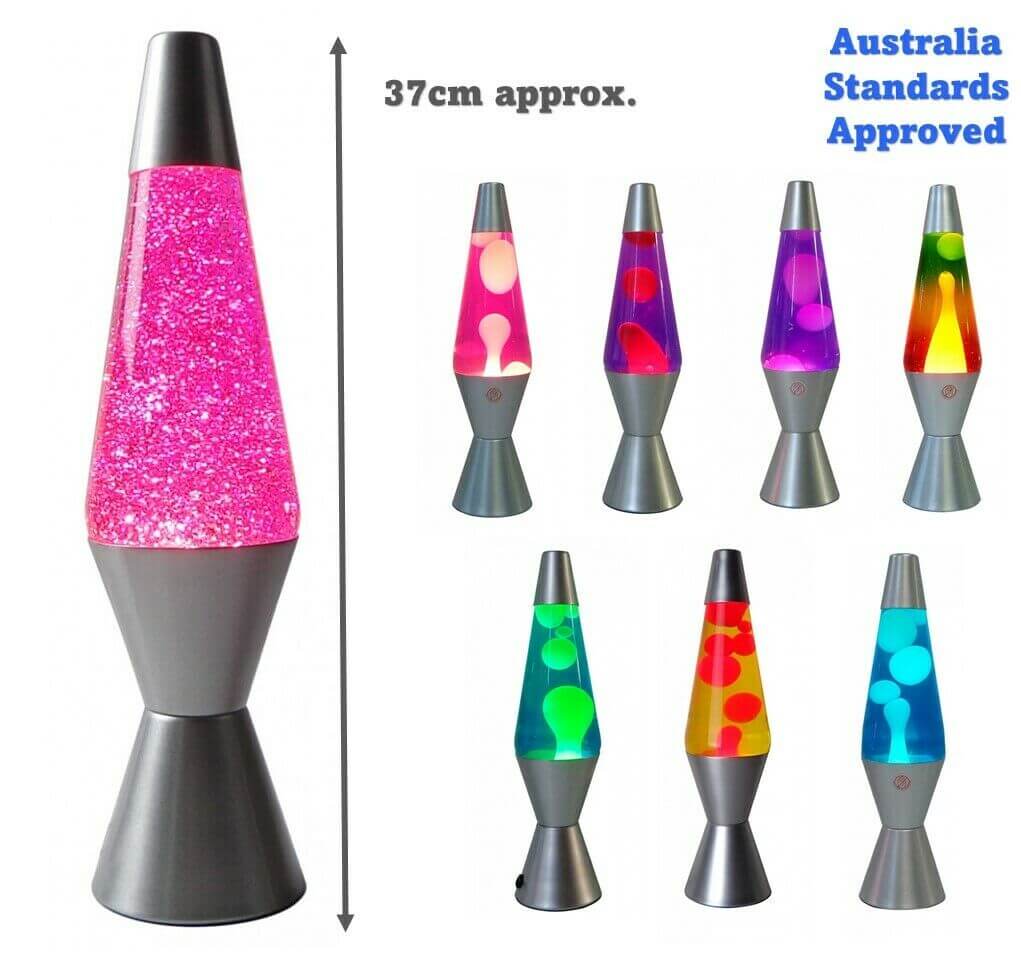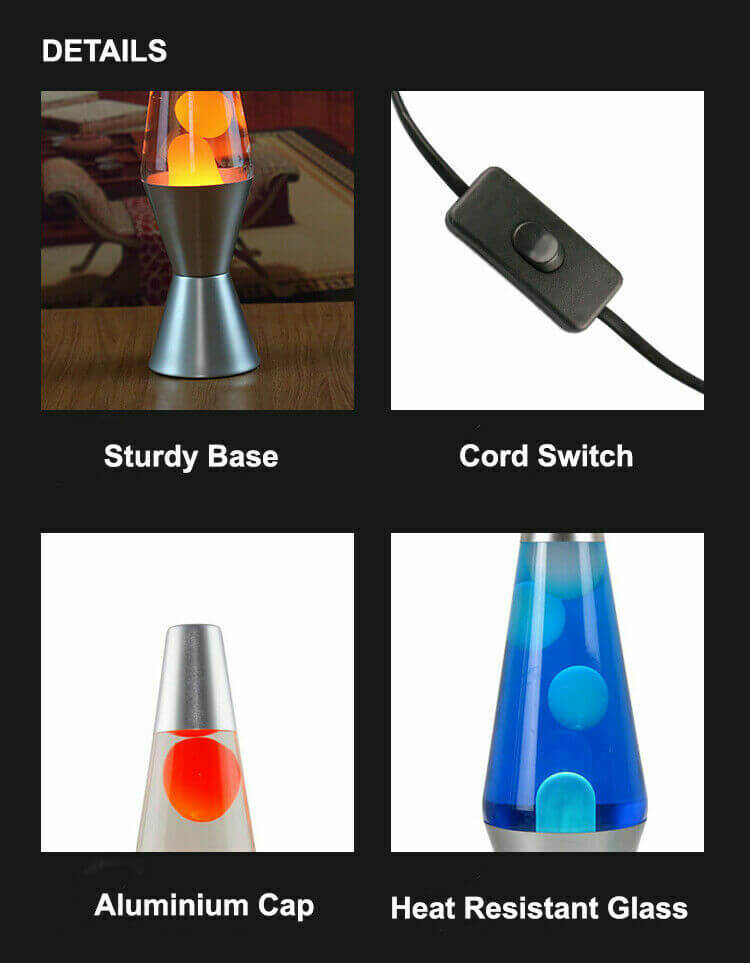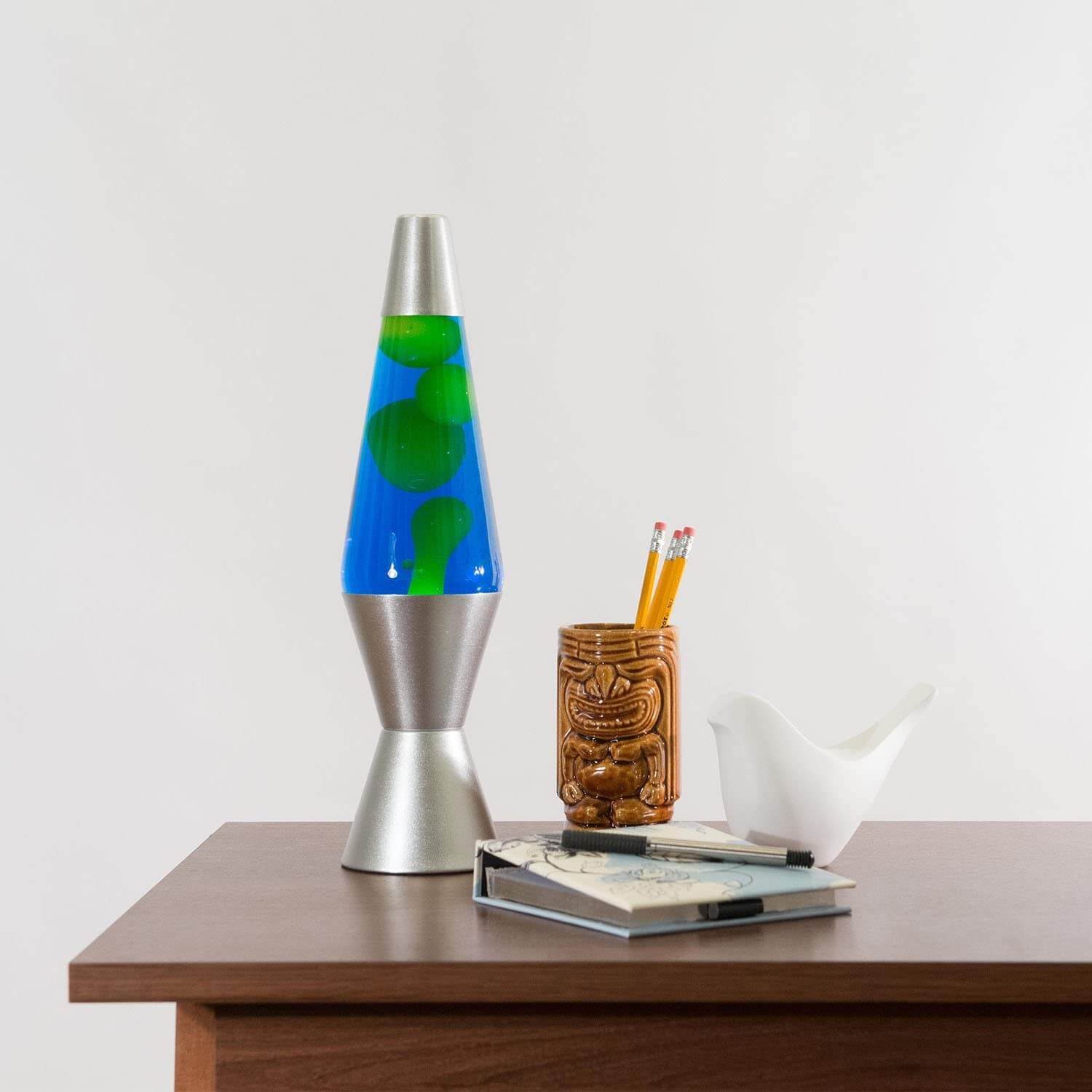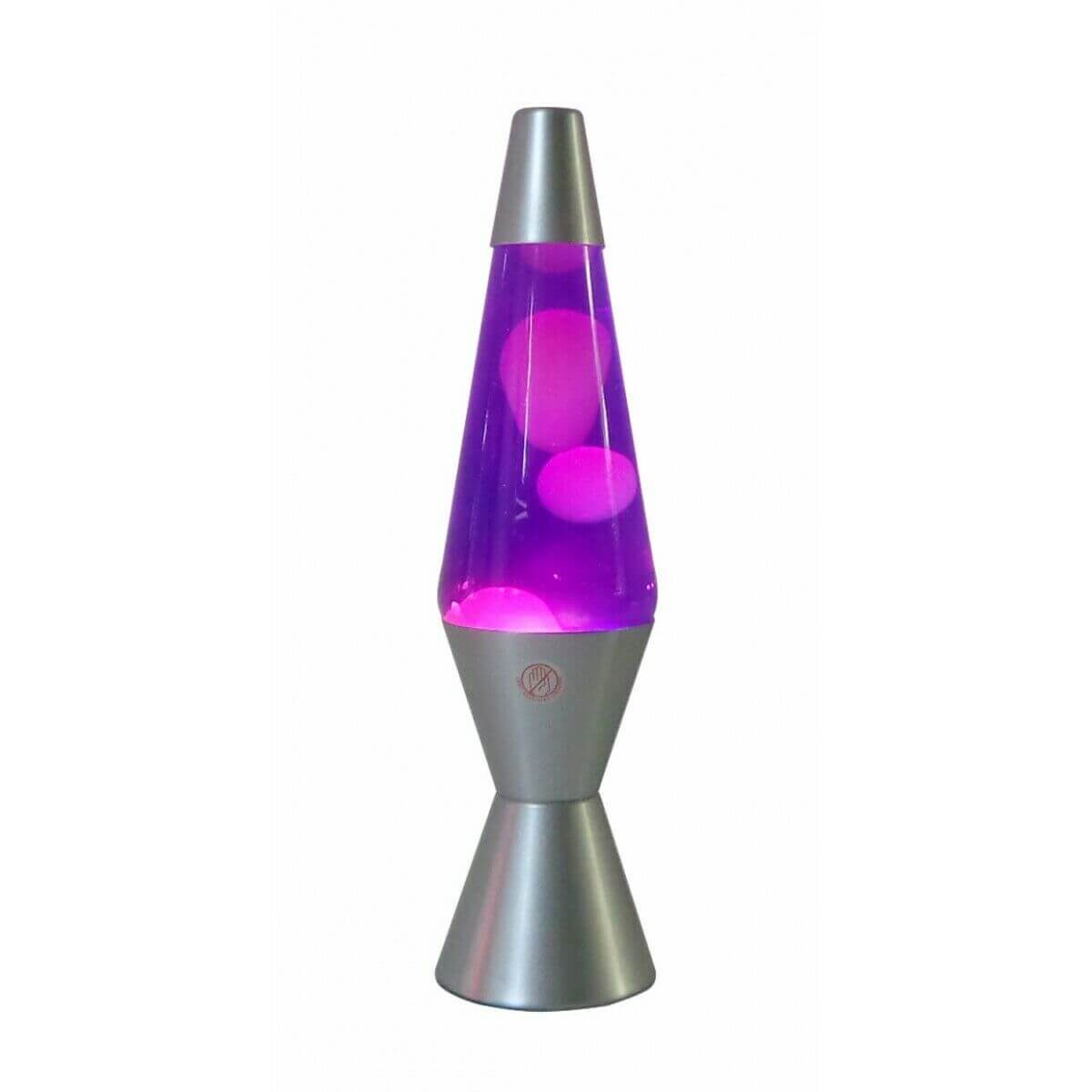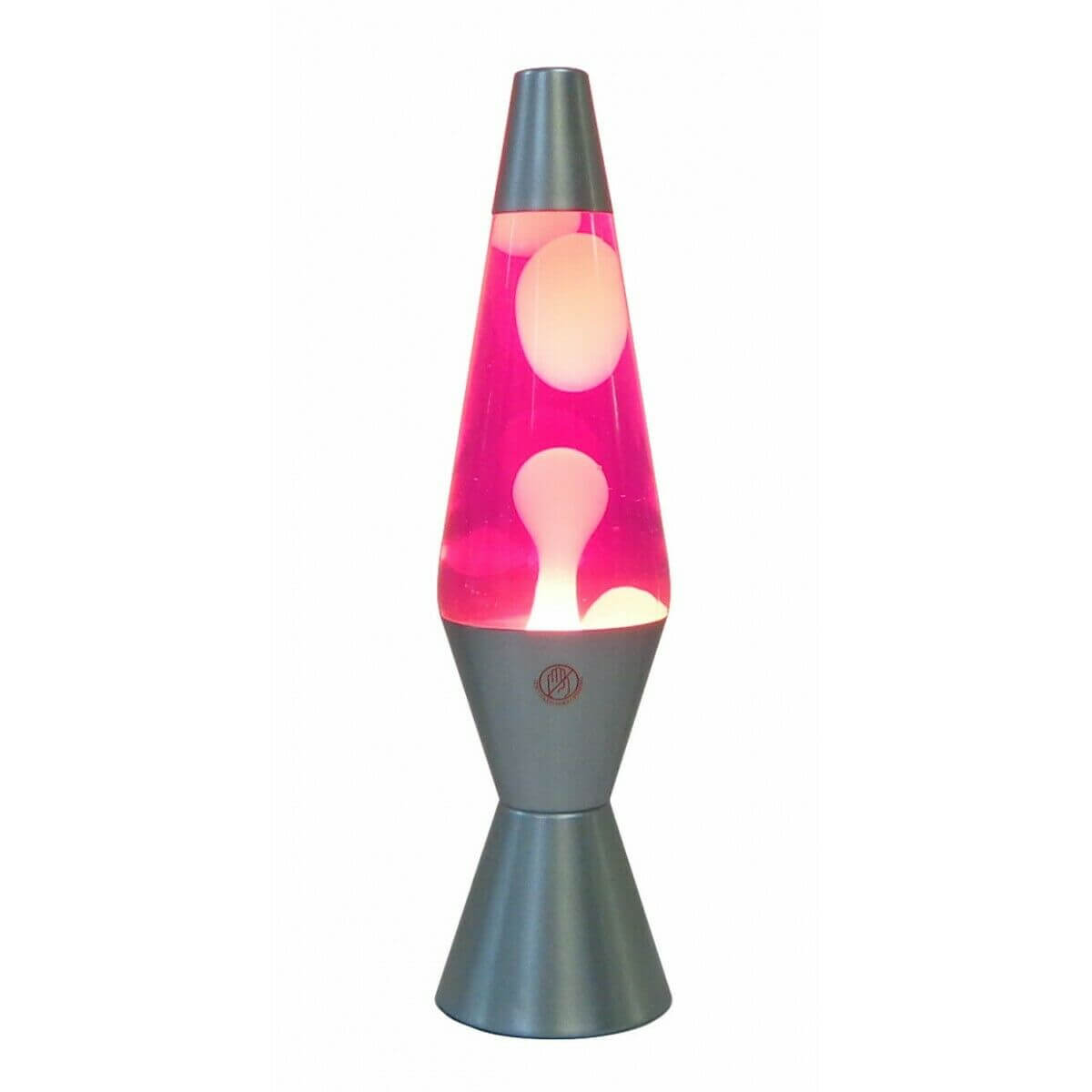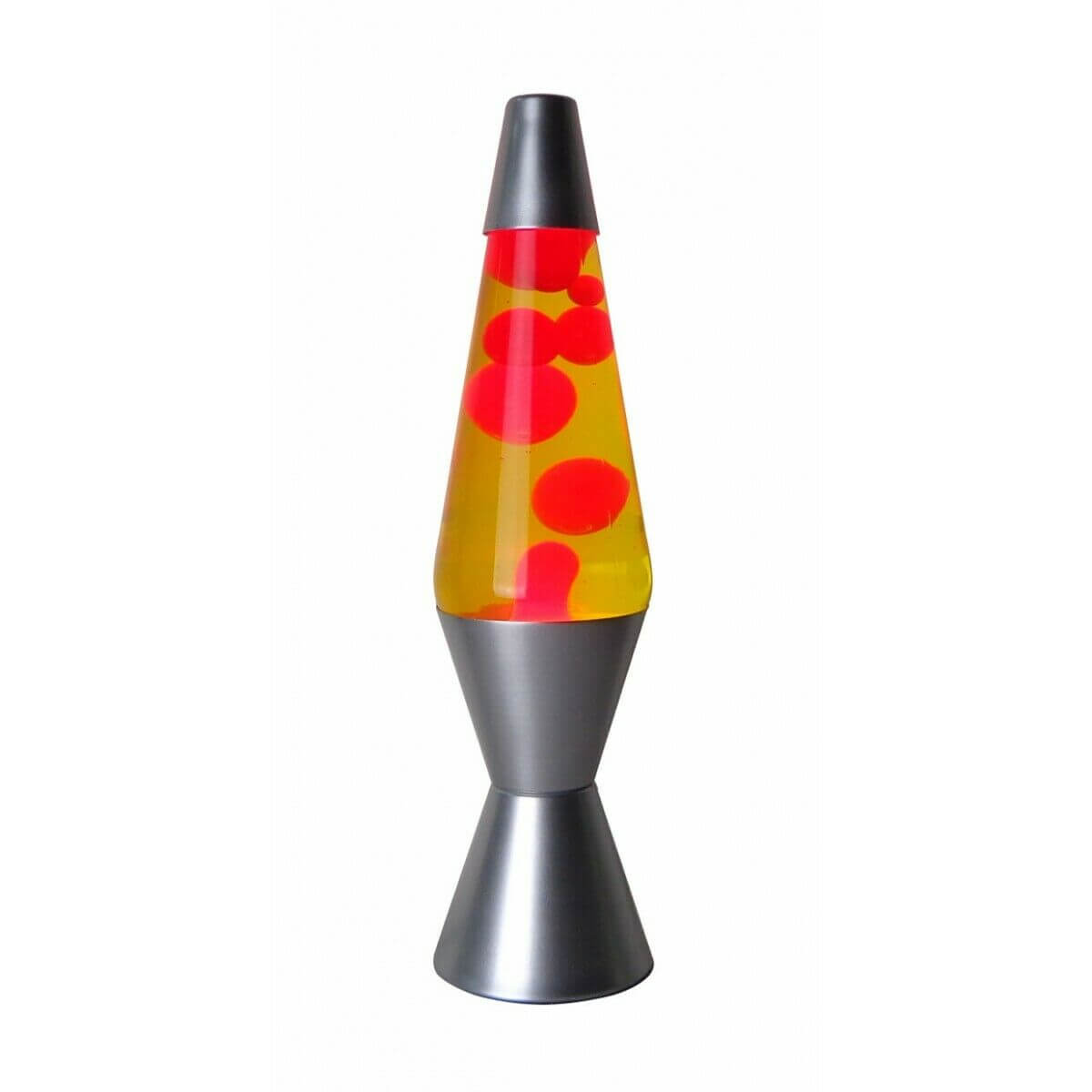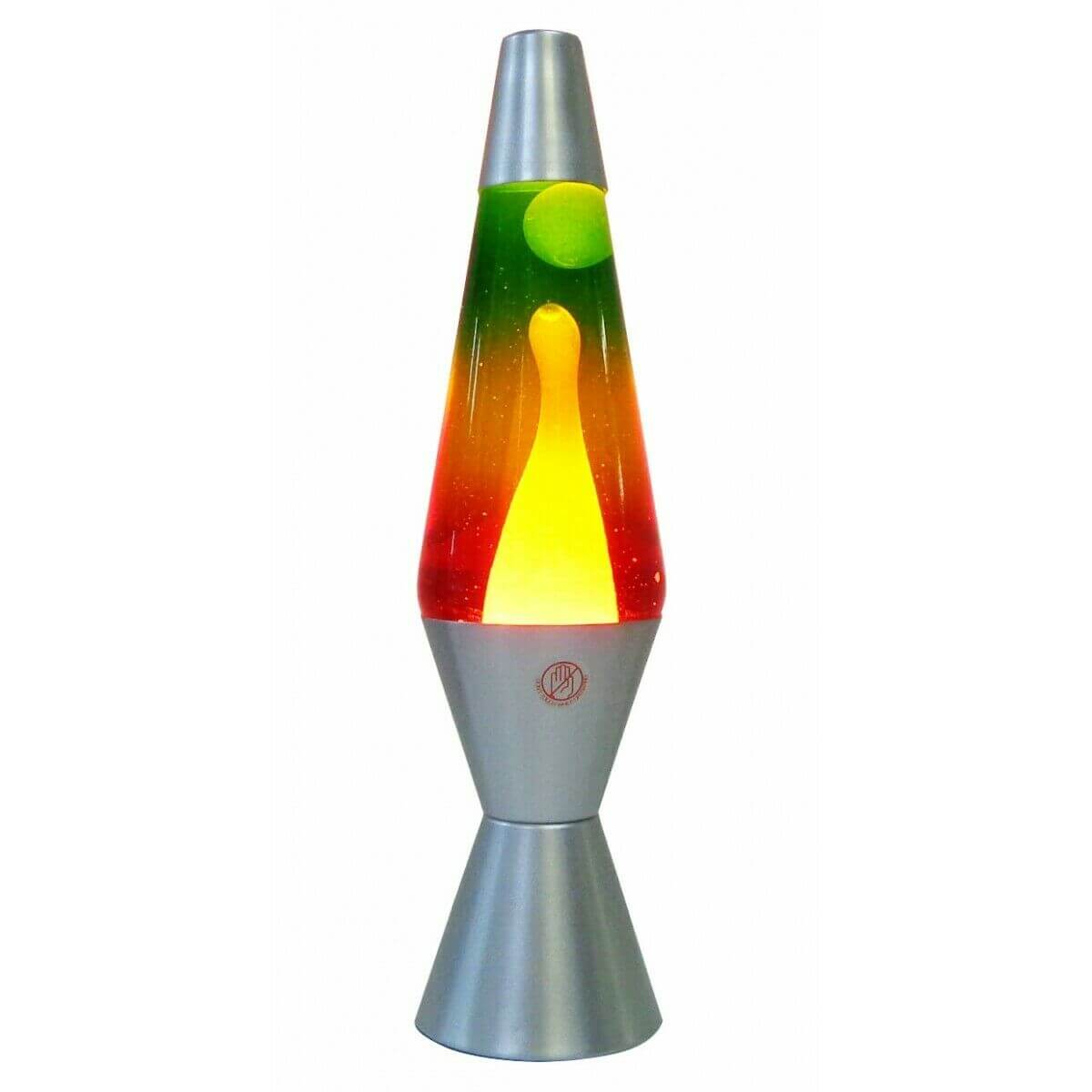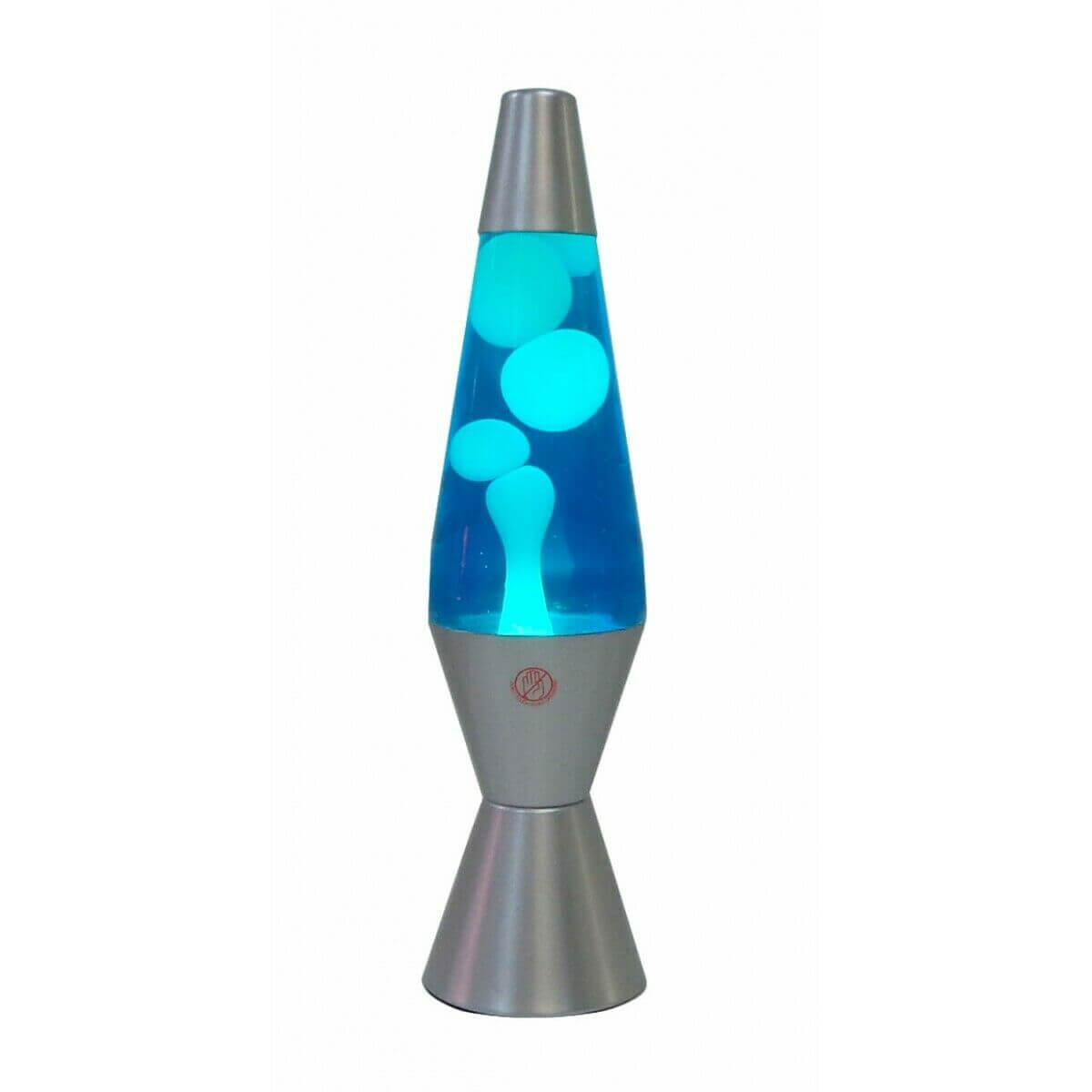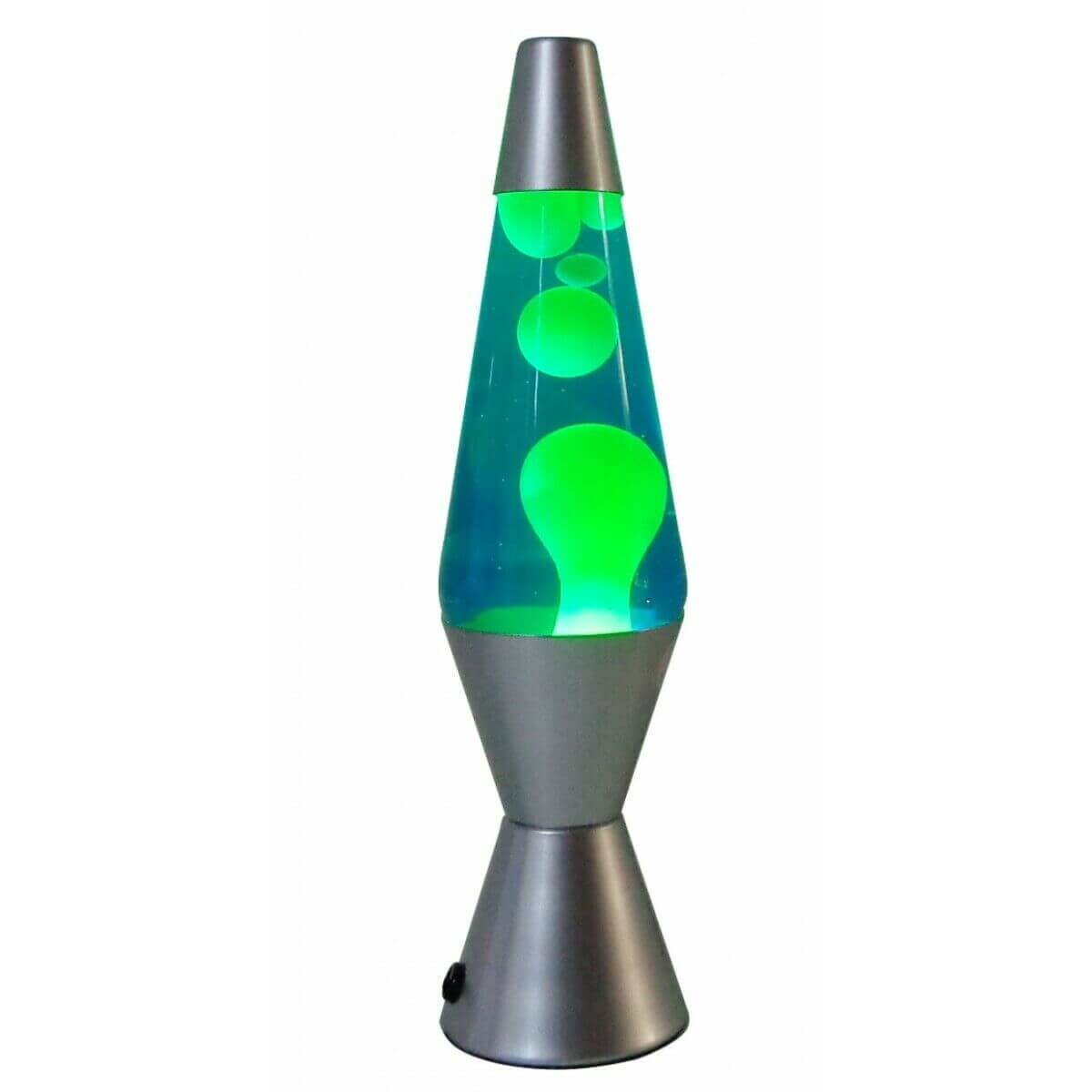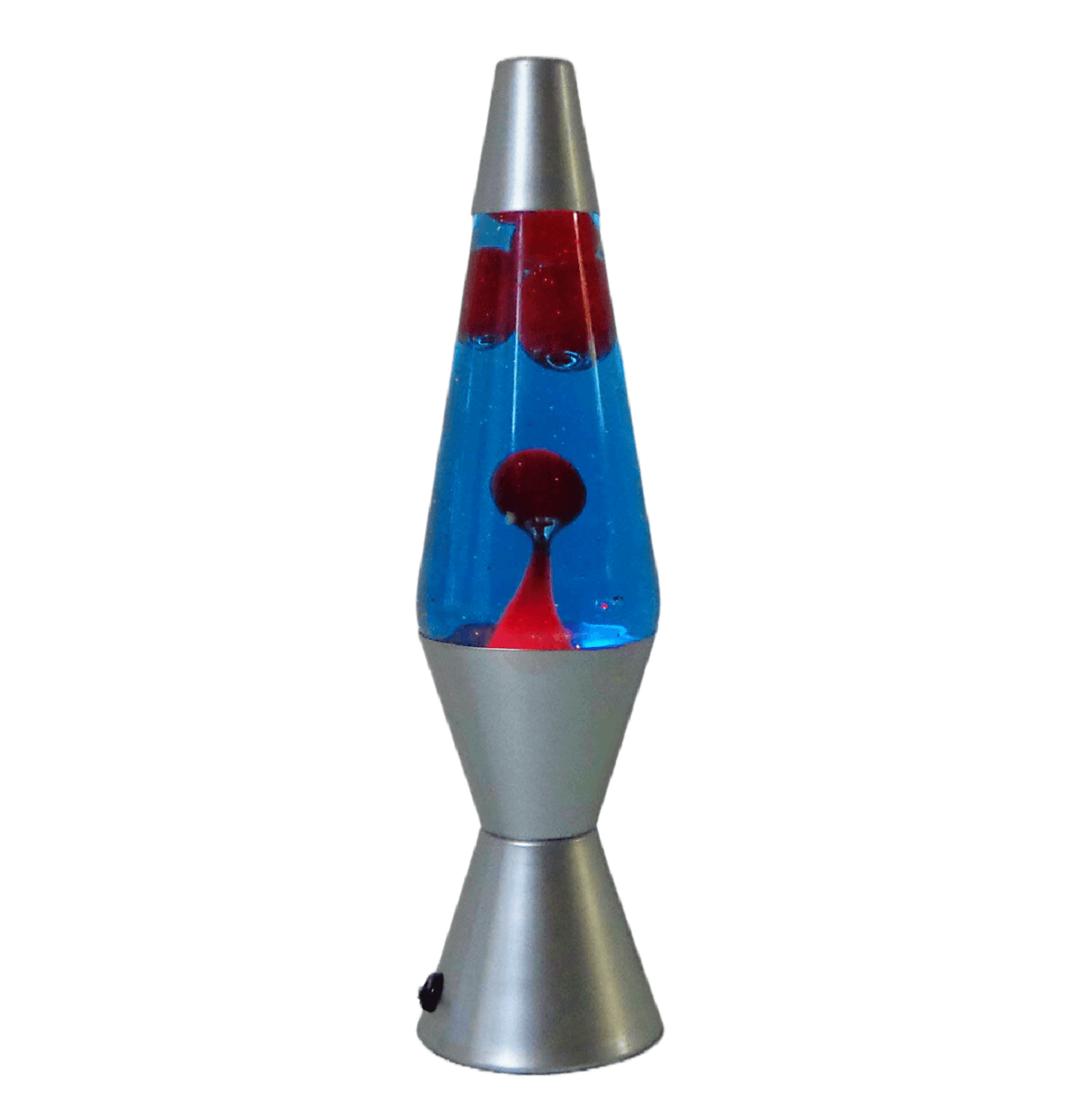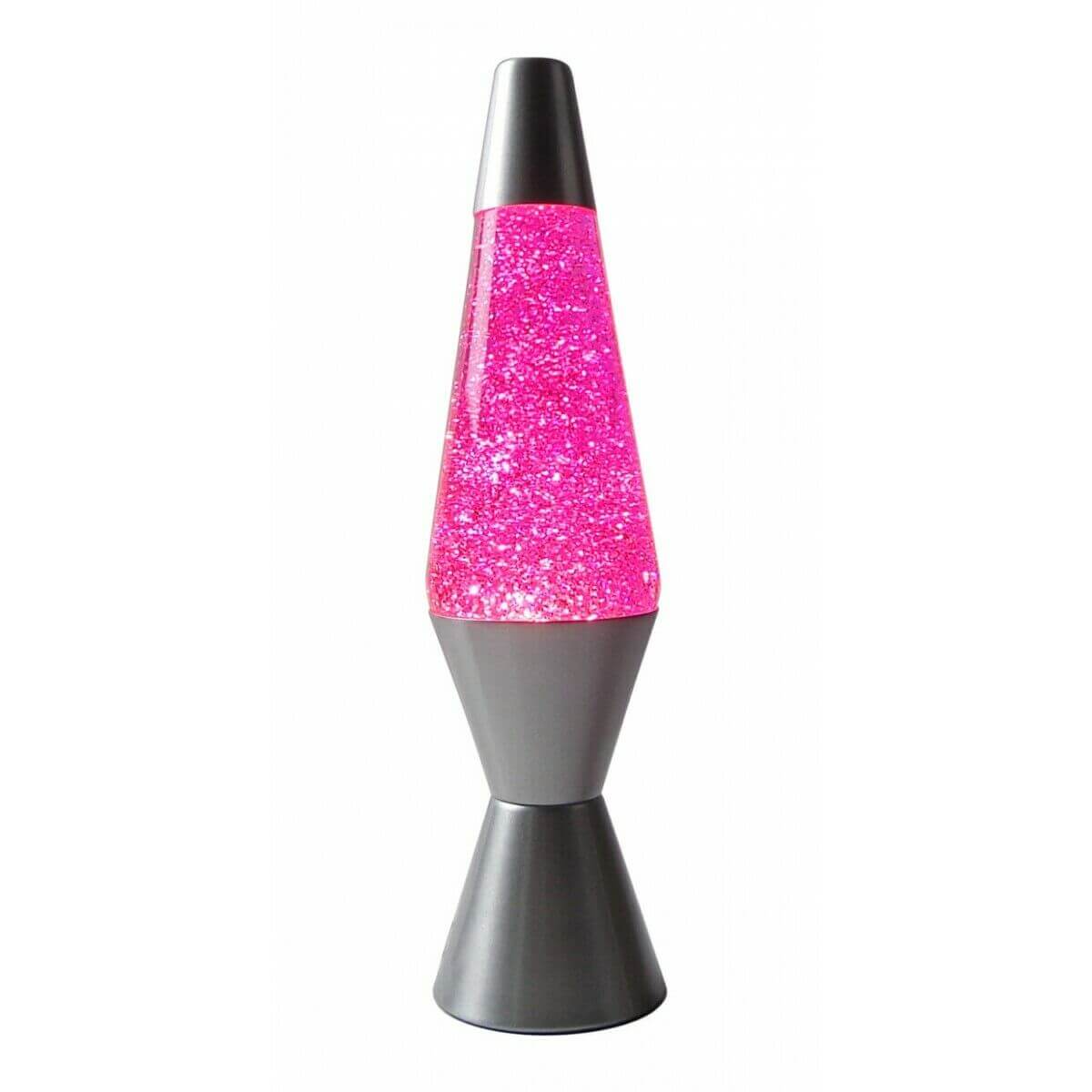Is it OK to Leave a Lava Lamp on All Night? Unveiling the Truth
Leaving a lava lamp on all night raises questions about safety and energy use. While these lamps are designed for long hours of operation, they require careful handling to ensure they do not pose risks. The key is understanding how they work and the limitations of their design. This involves considering how long it takes for the wax to melt and the lamp to reach its optimal visual effect, which typically occurs between 8 to 10 hours of being turned on.
Understanding Lava Lamp Operations
Lava lamps function by heating wax inside a glass bottle. This process requires patience as the wax needs to melt fully to create the lamp's mesmerizing effect. It usually takes between 8 to 10 hours for the wax to melt completely and for the lamp to display its full visual potential. This operation time provides a guideline on how long a lava lamp can be safely used in one session.
👉 Shop Lava Lamp Clearance – Save 20%
Optimal Operating Times for a Lava Lamp
The optimal operating time for a lava lamp is between 8 to 10 hours. This duration allows the wax inside the lamp to fully melt and form the lava-like blobs that float around, creating the iconic look. Operating the lamp within this timeframe ensures it functions as intended without causing unnecessary stress on its components.
Electricity Consumption by Lava Lamps
Lava lamps use a small amount of electricity, similar to that of a standard light bulb. However, leaving them on for extended periods, such as overnight, can add up over time, leading to increased energy usage. It's important for users to consider this when deciding to keep their lamps on for long durations.
Safety Concerns and Risks
While lava lamps add a unique aesthetic to any room, they come with safety concerns that cannot be overlooked. These include risks associated with overheating, potential fire hazards, and the chance of the lamp being knocked over. Understanding these risks is crucial for safe operation, especially if considering leaving a lamp on overnight.
The Perils of Overheating
Lava lamps need to be monitored to prevent overheating. If left on beyond the recommended 8 to 10 hours, lava lamps may overheat, which can hinder their ability to flow properly. This not only detracts from the visual appeal but also poses a safety risk. Regular breaks in operation help maintain their functionality and safety.
Fire Hazards Associated with Lava Lamps
Due to the heat generated by lava lamps, they can become a fire hazard if not used correctly. Placing them near flammable materials or leaving them on for too long can increase the risk of fire. It's essential to position them in a safe location and adhere to recommended usage times.
The Risk of Accidental Knock-Overs
Lava lamps are at risk of being knocked over, especially if placed in high-traffic areas or on unstable surfaces. A fall can lead to breakage, potential injury from the glass, and spillage of the internal contents, which can damage surfaces or create a fire risk if the lamp is hot.
Potential Damage to Surrounding Objects
The heat from a lava lamp can also cause damage to surrounding objects if placed too close. Over time, the concentrated heat can discolor surfaces or damage sensitive items. It's advisable to keep lava lamps on stable, heat-resistant surfaces and at a safe distance from other objects.
Impact on Warranty and Guarantee
Leaving a lava lamp on overnight or for extended periods may void its warranty. Manufacturers often specify operational guidelines, including maximum continuous use times. Ignoring these guidelines can lead to issues not covered by warranty, emphasizing the importance of adhering to recommended usage practices.
Health and Environmental Considerations
Using a lava lamp responsibly also involves considering its impact on health and the environment. The bright colors and constant motion may affect sleep quality if used in sleeping areas. Additionally, the environmental footprint of leaving a lamp on overnight includes unnecessary energy consumption.
Effects on Sleep Due to Bright Colours
The bright colors and shifting patterns of lava lamps can be stimulating and may disrupt sleep if left on in a bedroom overnight. It's better to turn off the lamp before going to sleep to ensure it does not interfere with the body's natural sleep cycle.
The Environmental Footprint of Leaving a Lava Lamp on Overnight
Leaving a lava lamp on throughout the night contributes to energy waste and increases one's carbon footprint. Even though lava lamps do not consume as much electricity as larger appliances, minimizing their operational hours when not in use is a step towards more sustainable living.
Maintenance and Care Tips
Proper maintenance and care are essential for extending the life of a lava lamp. This includes keeping it at room temperature and away from direct sunlight, which can affect its functionality and longevity. Regular care ensures the lamp remains a vibrant and safe addition to any space.
Proper Care to Extend the Life of Your Lava Lamp
To prolong the life of a lava lamp, it's important to keep it at room temperature and avoid placing it in direct sunlight. Direct sunlight can cause the colors to fade and the lamp to overheat, potentially damaging its internal components. Adhering to these care tips ensures the lamp continues to operate safely and effectively.
👉 Shop Lava Lamp Clearance – Save 20%
Frequently Asked Questions
Among the frequently asked questions about lava lamps, inquiries about their shapes and designs often surface. People are curious about the variety that exists and how these aspects impact the overall functionality and aesthetic appeal of lava lamps. Another common query revolves around the safety of touching lava lamps, especially when they've been operating for an extended period. These questions highlight the need for clear information to ensure both safe usage and the optimal enjoyment of lava lamps.
Common Shapes and Designs of Lava Lamps
Lava lamps come in a myriad of shapes and designs, catering to a wide range of preferences. From the classic rocket shape that harks back to their inception in the 1960s to more contemporary designs, there's a lava lamp to suit every taste. Manufacturers have expanded their offerings to include not just variations in shape but also in the size and color of the lamps, ensuring that they can be a focal point or a subtle addition to any room's decor.
Diamond and Peace Shapes
Diamond and peace shapes represent just a fraction of the diversity found in lava lamp designs. The diamond shape, with its sharp angles and reflective surfaces, adds a touch of sophistication and modernity. In contrast, the peace shape harks back to the lava lamp's heyday in the 1960s and 70s, embodying a message of tranquility and nostalgia. Both shapes underscore the versatility of lava lamps as decorative items that can also reflect personal style and values.
Are Lava Lamps Safe to Touch?
Lava lamps are designed for safe operation, much like desk lamps, when used according to the manufacturer's instructions. The outer glass of a lava lamp does become warm during operation because the light bulb inside heats the lava, but it should not become so hot as to cause burns upon brief contact. However, it's essential to operate your lava lamp on a stable surface to reduce the risk of knocking it over, and touching should be minimized to avoid disturbing its functioning or causing unnecessary wear.
Final Verdict: To Leave On or Turn Off?
Considering the various aspects of lava lamp operation, safety, and environmental impact, the safer and more responsible choice is to turn off a lava lamp when not in use, especially overnight. Constant operation increases the risk of overheating and potential fire hazards, not to mention the unnecessary energy consumption. Taking into account the potential effects on sleep quality due to the bright colors and the environmental footprint of leaving it on all night, turning off your lava lamp can contribute to both personal safety and environmental conservation. Moreover, proper care and occasional operation within recommended time frames can extend the life of your lava lamp, ensuring it remains a beloved decorative piece for years to come.
👉 Shop Lava Lamp Clearance – Save 20%
Shop Now:



